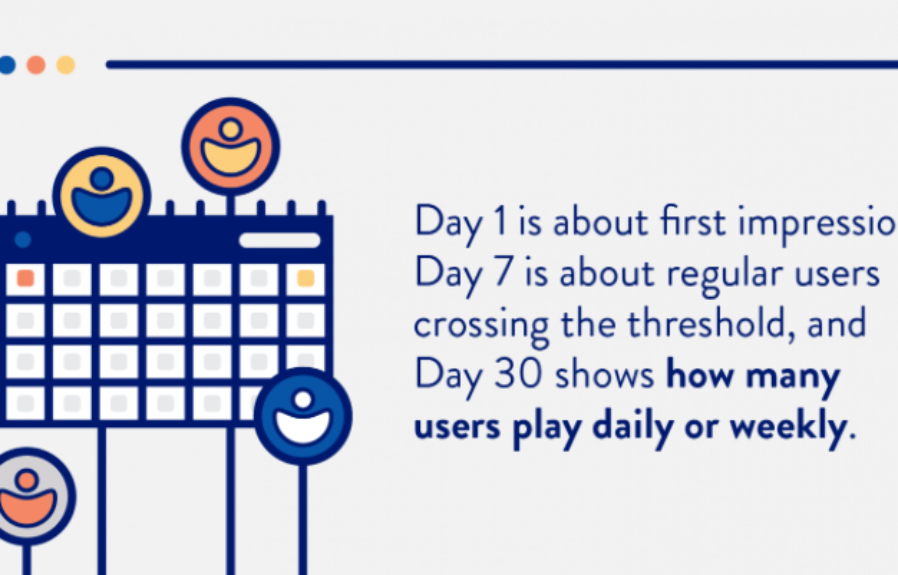The best fight is the one that doesn’t even take place. It’s a great expression that fits in many walks of life, including application development. Apple’s App Store and the Google Play Store have thousands of apps with low ratings and negative reviews. Looking at them, you can easily see that those company’s colossal financial, temporary, and labor investments do not yield results. However, there is a way to prevent this.
Table of Content
- Ways to Collect User Feedback
- buy installs
- buy app downloads ios
- google play algorithm
Next, we’ll share 4 ways to get feedback from users before launching an application. By using them, you will be able to create a great product while minimizing risks.
4 Ways to Collect User Feedback
Marketing Research
It is very likely that the application you are developing is not completely unique. Someone has surely done something similar before; you probably managed to identify the main competitors. In addition, it goes without saying that you most likely know a thing or two about the industry in which the product will be presented.
All this information, believe or not, allows you to get user feedback. Try to benchmark similar applications. See what opportunities your competitors offer and what they are focusing on. Also, consider what you can do better.
However, user reviews deserve the most attention. What do they write about competitor apps in the App Store and Google Store? Look for dedicated communities on Facebook where users are sharing their experiences. Among other things, they might contain information about the disadvantages of a competing application. Every negative review is an unmet need. Write them down and try to come up with a solution in your own application. Through rigorous QA tests you might be able to solve some of your competitors’ issues.
Interview
This method is also relevant during the development stage. A properly conducted interview will allow you to understand what value the user is looking for, what he pays attention to, as well as the features and functions he or she needs. This will provide deep and high-quality feedback.
The best way to do this is through an individual interview. Try not to influence the interviewee’s answers. Ask open-ended questions. For example:
· What features and functions would you like to see in the application?
· What payment method is the most convenient for you?
· What should be removed from the application?
In this case, the main task is to research the existing customer experience. It is necessary to determine the starting point as this will improve the user experience in the future.
To do this, you need to make a positive impression. Write quality cover letters to build an appropriate image of your project and encourage users to participate in the research. Services like Grammarly and others will help you with this.
Focus Groups
The main difference between this third method and the previous one is the number of respondents. Here, questions are asked not to one person, but to a group of people. The moderator also leads the conversation.
Here, open-ended questions are relevant. Moreover, providing answers to them can take the form of a discussion. It is worth writing down all the voiced thoughts that seem significant.
Discussion of the issue by the group provides another advantage: deeper conclusions because problems will be viewed from different angles. To increase the likelihood of this, carefully select the focus group participants. It is desirable that they represent different segments of potential users.
Prototype Testing
This method gives the most realistic results. Prototype testing by users allows you to see things that might have gone unnoticed before. For example, the hidden benefits of using the application. A Minimal Viable Product (MVP) is a great alternative for this.
Also, at this stage, it becomes clear how attractive, easy to understand, and pleasant to use the interface is. Plus, the design is being tested as the prototype allows the user to see the development version of the application. If the color scheme, navigation, or buttons are not winning, then it is better to notice it in advance.
Prototype testing may require some investment. However, this testing provides the most useful and down to Earth information about using the application.
Prototyping techniques:
1. On paper. In this case, a mockup of the application is printed, shown to users, and evaluated. Ask whether the interface is clear or what the person thinks about the design.
2. Click-Through. These are more complex prototypes that are created using special tools like Sketch or Figma. These apps provide different functionalities depending on your plan. Overall, they are great ways to get users’ assessment. They can help you get feedback on topics like how content is broken down or the overall perception of the application, among other things.
3. High precision prototypes. This testing method is the most resource-intensive one, but it provides the highest amount of useful information. Such prototypes work like a real product. Therefore, it is possible to conduct a full assessment of the design, content, and functioning of the application.
Conclusions
The above steps will help you define user expectations and identify unmet benefits. They will make it easier to create a quality application. However, do not dwell on the accomplished.
Once launched, provide users with a simple feedback form and conduct surveys directly in the app. Keep the questions as simple as possible. Even reviews with 1-2 parameters can greatly speed up the improvement of the application. Make sure to work with an experienced app development partner like to guarantee the quality of your app.


